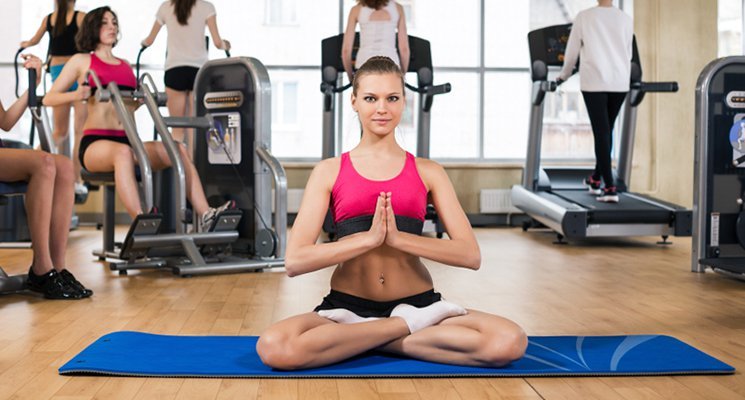You’ve probably heard the saying before: “Women hold up half the sky.” But, in fact, they may hold up most of your fitness facility. Research suggests that women drive 70 to 80 percent of consumer spending worldwide. Moreover, women, much more than men, engage in word-of-mouth publicity—they talk about their experiences with businesses, products, and service-providers, and, in their social circles. They hold a great deal of influence over the way others choose to spend money. Given that women also purchase fitness-related products and services more often than men do, what does all this mean for your health club?
It means it’s time to design ad campaigns better geared toward them. Here are a few tips for doing so.
First, put away the pink paint, lacy towels, and flower arrangements. The way to show women that other women are comfortable using your gym is not to advertise their presence through pretty embellishments but to highlight the fact of their presence. Using posters, brochures, and social media postings that show women looking serious about their workouts and happy to be in your facility will suggest that you cater to their needs. Supporting breast cancer awareness and making sure members and potential members know you do shows that women’s issues are important to you. Offering—and heavily advertising—childcare programs demonstrates that your club understands the logistics many women must juggle.
Loading your marketing materials with images of women is not enough, however. You must also create real programming for women. Do you offer women-only high-intensity interval training classes, extra women-only swim times, or self-defense classes for women? Do you offer co-ed basketball leagues or squash tournaments? Make your programming for women solid, and then talk it up as much as possible. Highlight your offerings on social media. Send emails. Offer prospective clients chances to take part for free, and invite current members to bring a friend at no charge.
On that note, make sure you’re advertising in establishments and publications that cater to women. Is there a clothing boutique or nail salon near the gym? Ask if you can hang flyers announcing a new women-only cycling class. Partner with local businesswomen’s associations and request that they include mention of your facility in their next newsletter. If you have branches nationally, consider buying ad space in magazines like Self, Women’s World, and Women’s Health.
Finally, engage the advice of the experts. Ask the women in your club what kinds of services do they want, then do your best to provide those services, and let everyone know that you’re doing so. Don’t forget to go to the official experts, too. Some marketing consultants focus exclusively on strategies for marketing to women; they can point out weaknesses in your existing campaign and show you how to polish it up for the demographic. Plenty of books and articles on the subject exist too. I’m not suggesting, by the way, that you forget all about the men—but chances are that if the women are happy, the men will be too.

